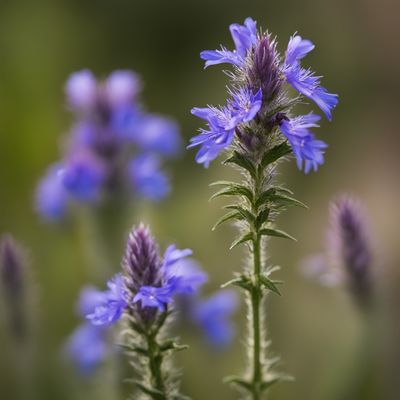
Ingredient
Corn gromwell seeds
The Hidden Gems of Corn Gromwell
Corn gromwell seeds are small, oval-shaped seeds that have a crunchy texture and a nutty, earthy flavor. They are often used as a topping for salads, soups, or baked goods, adding a delightful crunch and a subtle nuttiness. These seeds are rich in essential fatty acids and have a high protein content, making them a nutritious addition to any diet.
Origins and history
Corn gromwell seeds, also known as buglossoides arvensis, have a long history of use in traditional Chinese medicine. They are native to Europe and Asia and have been cultivated for centuries for their medicinal properties. In culinary traditions, these seeds are often used in Chinese and Korean cuisines, where they are believed to have various health benefits.
Nutritional information
Corn gromwell seeds are a good source of protein, fiber, and essential fatty acids. They also contain vitamins and minerals such as calcium, iron, and magnesium.
How to select
When selecting corn gromwell seeds, look for ones that are clean, dry, and free from any signs of moisture or mold. They should have a uniform color and a fresh, nutty aroma. Avoid seeds that appear discolored or have a rancid smell.
Storage recommendations
To maintain the freshness of corn gromwell seeds, store them in an airtight container in a cool, dry place. They can be kept at room temperature for several months, but for longer shelf life, refrigerate or freeze them.
Preparation tips
Corn gromwell seeds can be used as a topping for salads, soups, or baked goods. They can also be ground into a powder and used as a gluten-free flour substitute. To enhance their flavor, lightly toast the seeds before using them in recipes.
Culinary uses
Corn gromwell seeds are commonly used in Chinese and Korean cuisines. They are often added to soups, stir-fries, and rice dishes for their nutty flavor and crunchy texture. In Western cuisines, they can be used as a substitute for sesame seeds or poppy seeds in various recipes.
Availability
China, Korea

